
漢德百科全書 | 汉德百科全书
 Hauts-de-France
Hauts-de-France
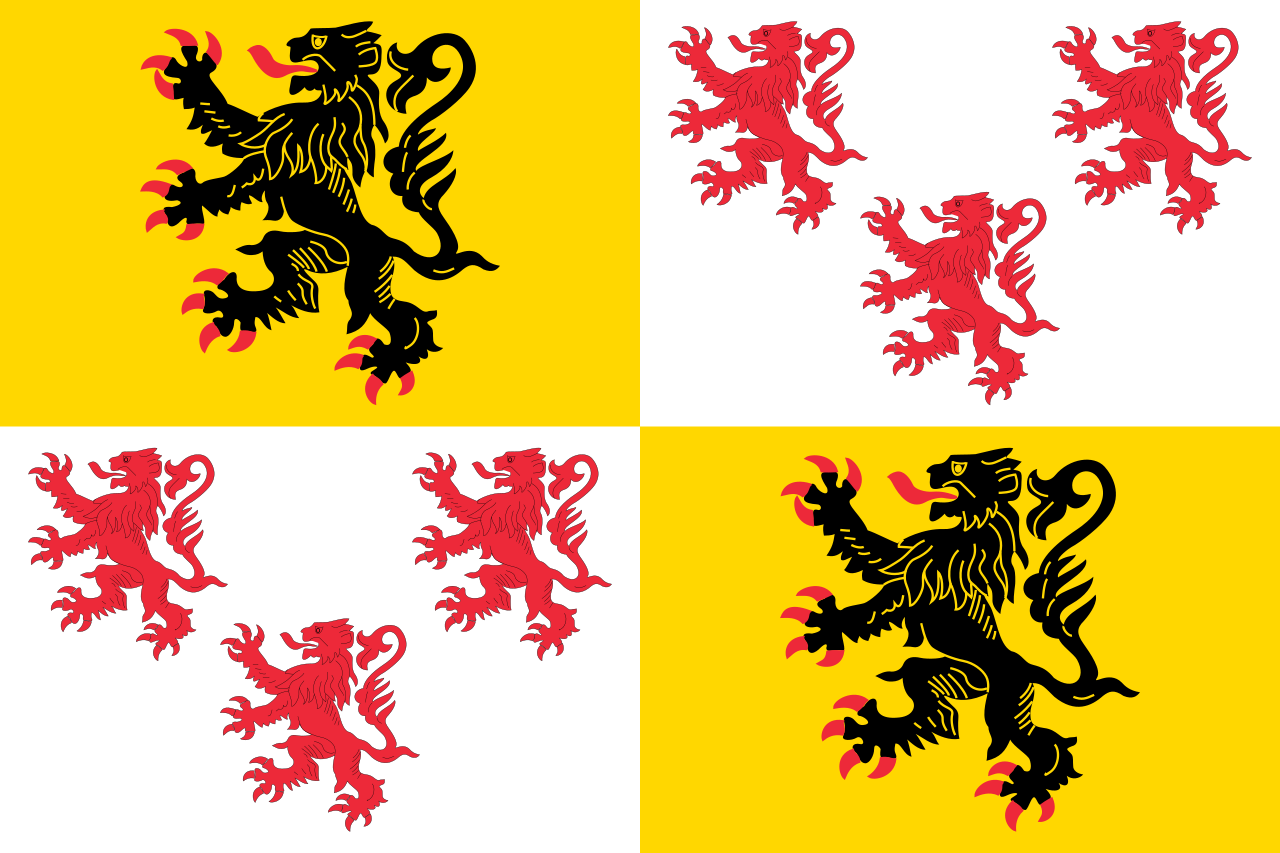
 France
France
 UEFA European Championship 2016
UEFA European Championship 2016

 Hauts-de-France
Hauts-de-France

 International cities
International cities
 *European Capital of Culture
*European Capital of Culture

 International cities
International cities
 *World Design Capital
*World Design Capital
 Nord-Pas-de-Calais
Nord-Pas-de-Calais



 Hauts-de-France
Hauts-de-France
 Ligue 1
Ligue 1
 Ligue 1 2016/17
Ligue 1 2016/17
 Ligue 1 2017/18
Ligue 1 2017/18
 Ligue 1 2018/19
Ligue 1 2018/19
 Nord-Pas-de-Calais
Nord-Pas-de-Calais
 UEFA Champions League 2019/20
UEFA Champions League 2019/20
 Group H
Group H




 Belgium
Belgium
 Germany
Germany
 France
France

 Hauts-de-France
Hauts-de-France

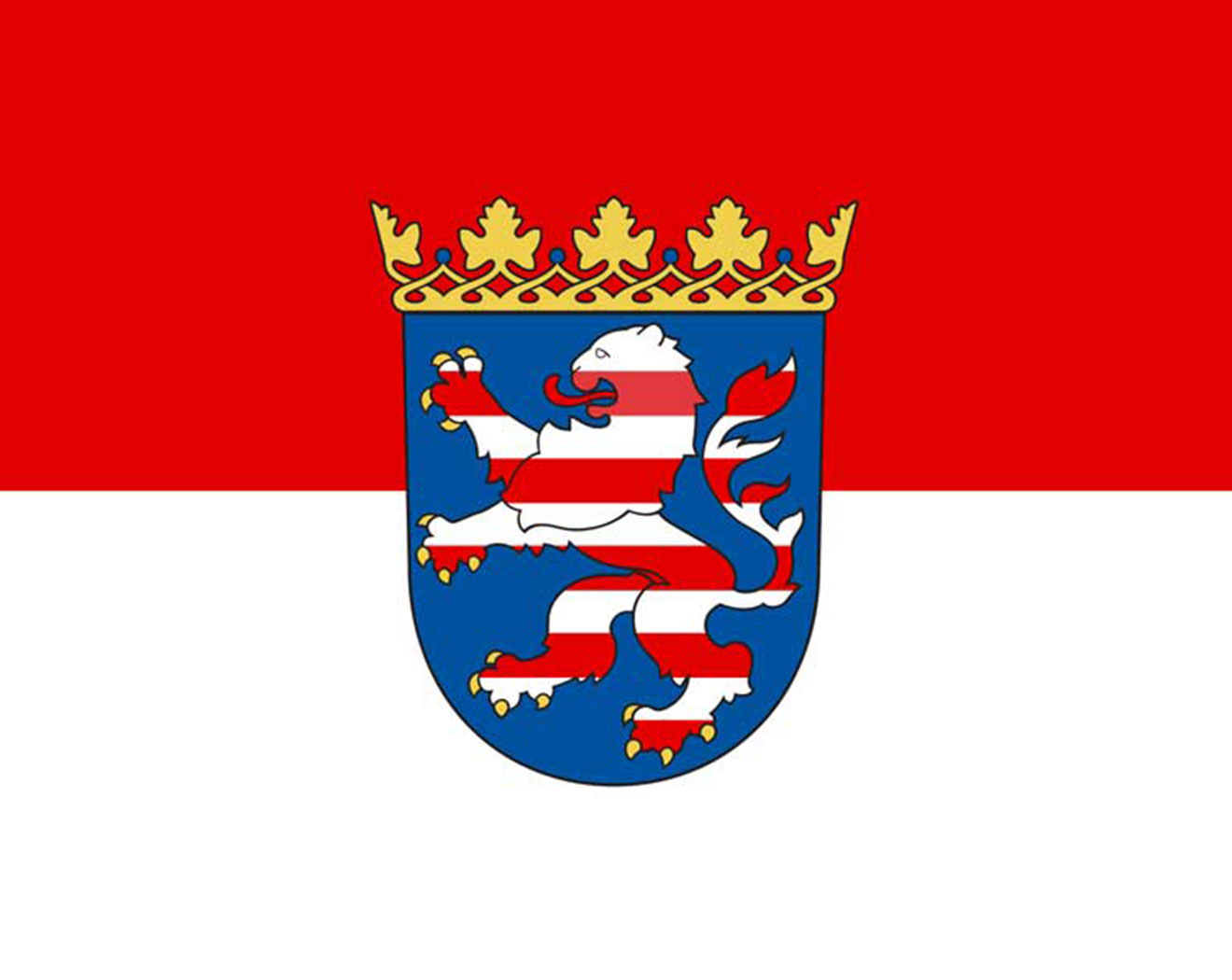 Hessen
Hessen
 Kasachstan
Kasachstan
 Kyrgyzstan
Kyrgyzstan

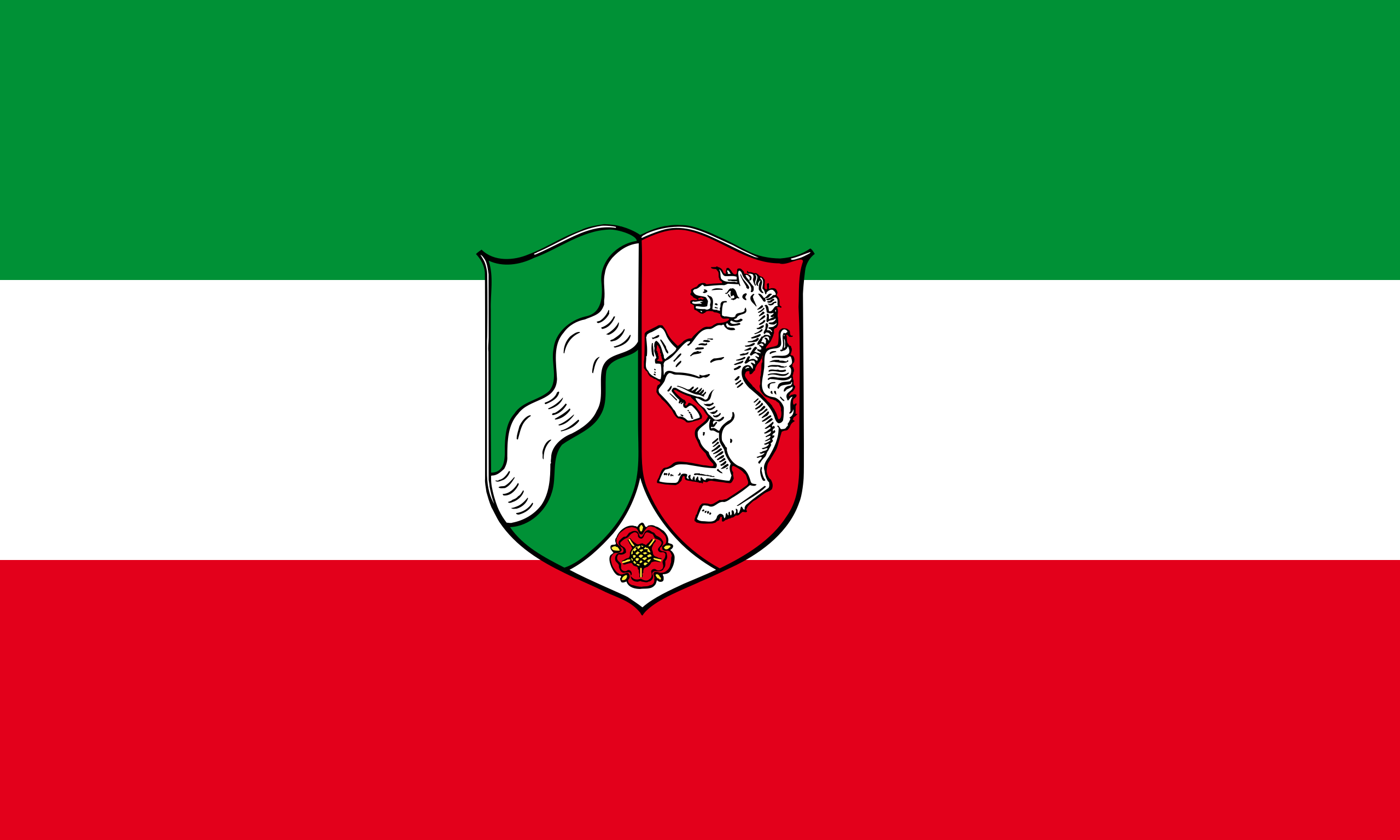 North Rhine-Westphalia
North Rhine-Westphalia
 Poland
Poland
 Russia
Russia

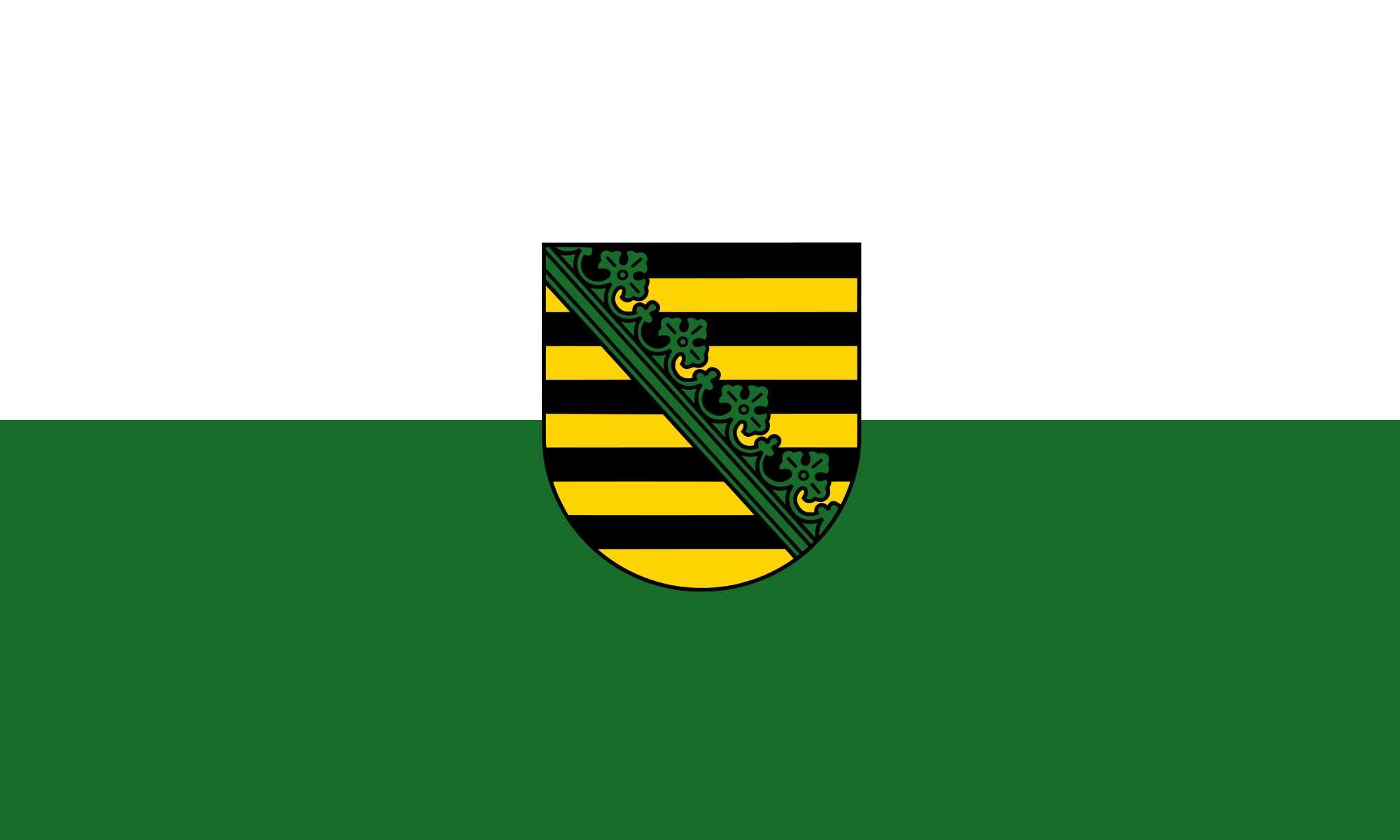 Saxony
Saxony

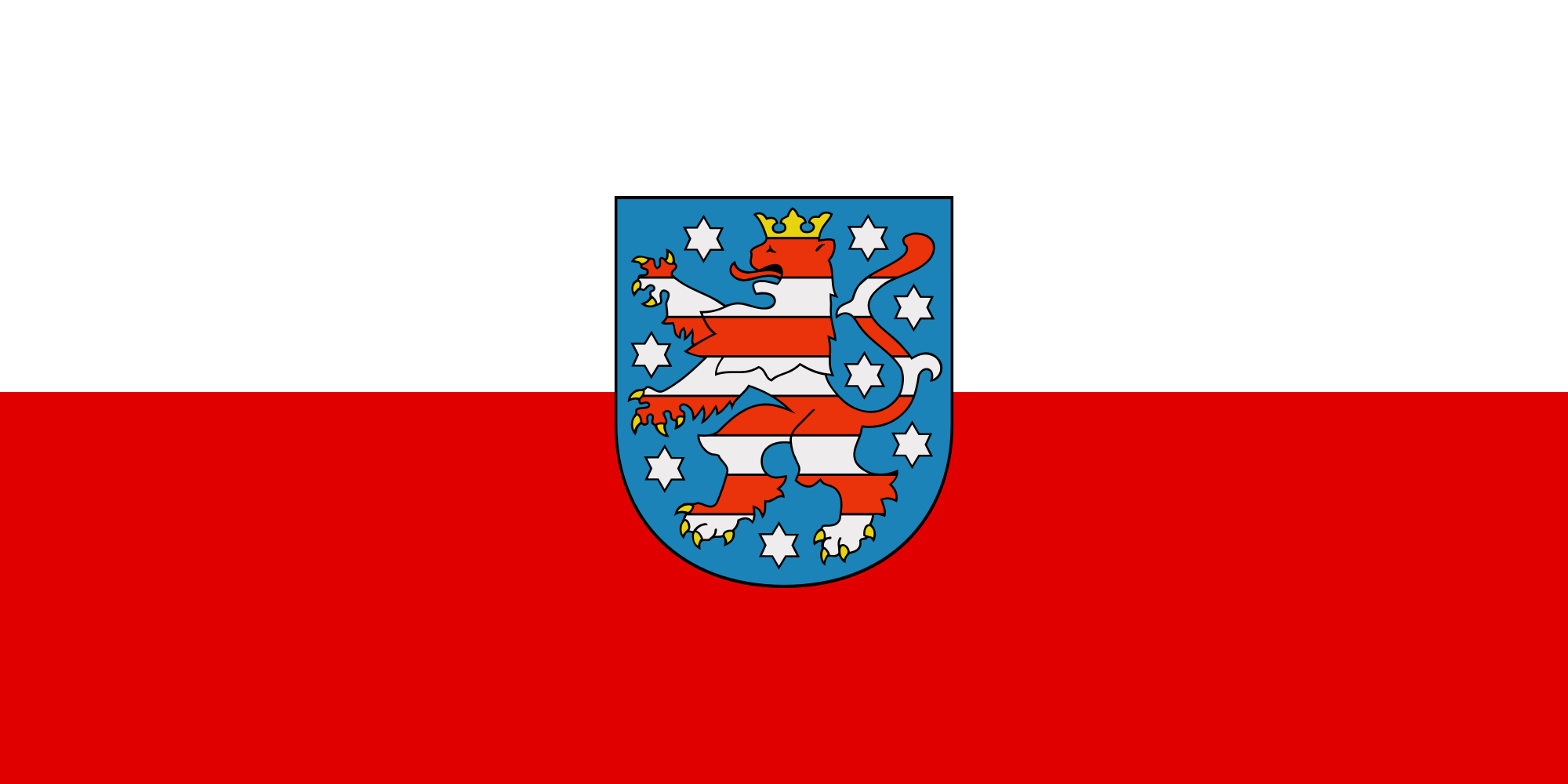 Thuringia
Thuringia
 Ukraine
Ukraine
 Uzbekistan
Uzbekistan
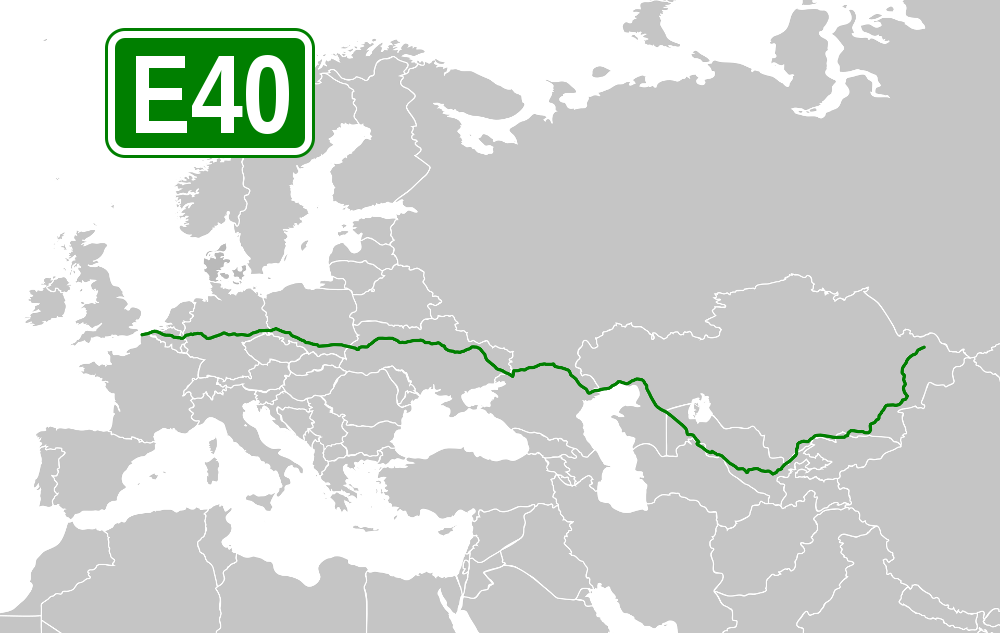





Der Eurotunnel (auch Kanaltunnel – frz. Tunnel sous la Manche, engl. Channel Tunnel) ist ein 50 km langer Eisenbahntunnel zwischen Folkestone in Kent (Vereinigtes Königreich) und Coquelles nahe Calais (Frankreich). Mit einem Streckenanteil von 37 km unter der Straße von Dover ist er der längste Unterwassertunnel der Erde. Die technische Infrastruktur (Tunnelbetrieb, -überwachung und -instandhaltung) sowie Pendelzüge für Kraftfahrzeuge werden von der Gesellschaft Getlink betrieben. Die Eurostar Group Ltd. betreibt Hochgeschwindigkeitszüge mit Direktverbindungen zwischen Großstädten beiderseits des Kanals.
Das lange geplante und sehr kostspielige Tunnelbauprojekt, dem einige fehlgeschlagene historische Baupläne vorangingen, wurde 1994 vollendet.[1] Der Eurotunnel besteht aus zwei eingleisigen Fahrtunneln und einem dazwischenliegenden zweistreifigen Servicetunnel für schmale Straßenfahrzeuge. Der Eurotunnel bietet somit seit 1994 eine direkte Eisenbahnverbindung zwischen Frankreich und England.
英吉利海峡隧道(The Channel Tunnel)又称 英法海底隧道或欧洲隧道 (Eurotunnel),是一条把英国英伦三岛连接往欧洲法国的铁路隧道,于1994年5月6日开通。它由三条长51km的平行隧洞组成,总长度 153km,其中海底段的隧洞长度为3×38km,是目前世界上最长的海底隧道。两条铁路洞衬砌后的直径为7.6m,开挖洞径为8.36~8.78m;中 间一条后勤服务洞衬砌后的直径为4.8m,开挖洞径为5.38~5.77m。从1986年2月12日法、英两国签订关于隧道连接的坎特布利条约 (Treaty of Canterbury)到1994年5月7日正式通车,历时8年多,耗资约100亿英镑(约150亿美元),也是世界上规模最大的 利用私人资本建造的工程项目。
(Quelle:http://scitech.people.com.cn/GB/25509/10557011.html)
英法海底隧道(英语:Channel Tunnel,亦称 Chunnel;法语:le tunnel sous la Manche,拉芒什海峡隧道)[2][3]是一座50.5公里长的海底铁路隧道,位于英吉利海峡多佛尔水道下,连接英国的福克斯通和法国加来海峡省的科凯勒(位于法国北部的加来附近),为世界第三长隧道。它的最低点有75米深[4][5][6]。该隧道的海底部分长度以37.9公里成为世界第一;相形之下,比海底部分全长23.30公里的日本青函隧道(全长53.85公里,深度240米)更胜一筹。
英法海底隧道承担着高速列车欧洲之星、汽车摆渡列车欧隧穿梭(Eurotunnel Shuttle)——世界上最大的铁路车厢[7]——和国际货运列车的行驶[8]。隧道两头分别与法国高速铁路北线和1号高速铁路相接。
英仏海峡トンネル(えいふつかいきょうトンネル、英: Channel Tunnel, 仏: Tunnel sous la Manche)は、グレートブリテン島(イギリス)とヨーロッパ大陸(フランス)間のドーバー海峡(英仏海峡)を結ぶ、鉄道用海底トンネルである。英仏両語では単に「海峡トンネル」と呼ばれる。他にドーバー海峡トンネルまたはユーロトンネルと呼ばれる場合もある。グループ・ユーロトンネルが保有・管理している。
The Channel Tunnel (French: Le tunnel sous la Manche; also nicknamed the Chunnel)[2][3] is a 50.45-kilometre (31.35 mi) rail tunnel linking Folkestone, Kent, in the United Kingdom, with Coquelles, Pas-de-Calais, near Calais in northern France, beneath the English Channel at the Strait of Dover. At its lowest point, it is 75 m (250 ft) deep below the sea bed and 115 m (380 ft) below sea level.[4][5][6] At 37.9 kilometres (23.5 mi), the tunnel has the longest undersea portion of any tunnel in the world, although the Seikan Tunnel in Japan is both longer overall at 53.85 kilometres (33.46 mi) and deeper at 240 metres (790 ft) below sea level. The speed limit for trains in the tunnel is 160 kilometres per hour (99 mph).[7]
The tunnel carries high-speed Eurostar passenger trains, the Eurotunnel Shuttle for road vehicles—the largest such transport in the world[8]—and international goods trains.[9] The tunnel connects end-to-end with the LGV Nord and High Speed 1 high-speed railway lines. In 2017 through rail services carried 10.3 million passengers and 1.22m tonnes of freight, and the Shuttle carried 10.4m passengers, 2.6m cars, 51000 coaches, and 1.6m lorries (equivalent to 21.3m tonnes of freight).[10] This compares with 11.7 million passengers, 2.6 million lorries and 2.2 million cars through the Port of Dover.[11]
Ideas for a cross-Channel fixed link appeared as early as 1802,[12][13] but British political and press pressure over the compromising of national security stalled attempts to construct a tunnel.[14] An early attempt at building a Channel Tunnel was made in the late 19th century, on the English side "in the hope of forcing the hand of the English Government".[15] The eventual successful project, organised by Eurotunnel, began construction in 1988 and opened in 1994. At £5.5 billion (1985 prices),[16] it was at the time the most expensive construction project ever proposed. The cost finally amounted to £9 billion ($21 billion), well over its predicted budget.
Le tunnel sous la Manche (en anglais, The Channel Tunnel ou Chunnelnote 1) est un tunnel ferroviaire reliant le sud-est du Royaume-Uni (Angleterre) et le nord de la France. Composé de deux tubes extérieurs parcourus par des trains, et d'un tube central de service plus petit, il est long de 50,5 kilomètres3 dont 38 percés sous la mer4. Il est exploité par la société franco-britannique Eurotunnel, filiale du Groupe Getlink5.
C'est actuellement le tunnel ayant la section sous-marine la plus longue du monde. Il est légèrement moins long que le tunnel du Seikan entre les iles d'Honshu et Hokkaido au Japon, mais comporte un tronçon de 15 km plus long que le tronçon sous-marin du tunnel du Seikan mesurant 23,3 km. En 1997, l'American Society of Civil Engineers (Association américaine des ingénieurs en génie civil) le désigne comme l'une des sept merveilles du monde moderne et, en 2013, la Fédération Internationale des Ingénieurs Conseils le désigne comme « projet majeur de Génie civil des 100 dernières années »4.
Sa construction a été réalisée par TransManche Link (TML), consortium de dix entreprises de travaux publics (cinq britanniques et cinq françaises). Il est inauguré le 6 mai 1994 et ouvert au service commercial depuis le 1er juin 19942.
Le service navette d'Eurotunnel permet la traversée des véhicules routiersnote 2 et de leurs passagers sur des trains adaptés, en environ 35 minutes6. La traversée des voyageurs sans véhicule est assurée par des trains Eurostar, de type TGV et conçus spécialement pour cette lignenote 3. À l'origine du projet du tunnel, il était aussi prévu la circulation de trains de nuit. Des voitures-lit (voitures « Nightstar ») ont été conçues et construites pour ce service mais elles n'ont jamais été utilisées pour cela (elles ont été revendues à l'opérateur canadien Via Rail Canada7).
Il tunnel della Manica (in inglese Channel Tunnel[1], in francese Tunnel sous la Manche[2]) è una galleria ferroviaria lunga oltre 50 km che unisce il comune britannico di Cheriton nel Kent a quello francese di Coquelles, vicino a Calais passando sotto il fondo del Canale della Manica. In italiano è comunemente chiamato Eurotunnel, ma in realtà questo è il nome della società concessionaria della gestione del tunnel fino al 2086.
La sua realizzazione, dopo numerose false partenze, fu completata nel 1994. È il tunnel con la parte sottomarina più lunga al mondo e, nella sua lunghezza complessiva, è il terzo, con il primato della galleria di base del San Gottardo in Svizzera e dopo la galleria Seikan in Giappone. Anche tale tunnel è sottomarino ma, anche se più lungo, passa in buona parte sotto delle montagne. Infatti la galleria della Manica corre per circa 39 chilometri sotto il mare, contro i 23 del Seikan.
El Eurotúnel o túnel del canal de la Mancha (en francés: Tunnel sous la Manche; en inglés: Channel Tunnel) es un túnel ferroviario, abierto el 6 de mayo de 1994, que cruza el canal de la Mancha, uniendo Francia con el Reino Unido.1 Es una importante infraestructura del transporte internacional. Su travesía se puede hacer en automóvil particular (embarcando éste en el tren lanzadera "Shuttle"), o bien como pasajero en el tren Eurostar, en un viaje que dura aproximadamente 35 minutos entre Coquelles (ciudad de Calais) en Francia y Folkestone en el Reino Unido. Es el tercer túnel más largo del mundo, sólo sobrepasado por el túnel Seikan y por el túnel del San Gotardo, y el que tiene el tramo submarino más largo del mundo.
El túnel es explotado por la empresa franco-británica Eurotunnel. En 2013 alcanzó un volumen de facturación de 1090 millones de euros, sobrepasando por primera vez la cifra de 1000 millones.2
Евротоннель, тоннель под Ла-Маншем (фр. tunnel sous la Manche, англ. Channel Tunnel, также иногда просто Euro Tunnel) — железнодорожный двухпутный тоннель длиной около 51 км, из которых 39 км проходят под проливом Ла-Манш. Соединяет континентальную Европу с Великобританией железнодорожным сообщением. Благодаря тоннелю стало возможно посетить Лондон, отправившись из Парижа, всего за 2 часа 15 минут; в самом тоннеле поезда находятся от 20 до 35 минут. Был торжественно открыт 6 мая 1994 года.
Евротоннель является третьим по протяжённости железнодорожным тоннелем в мире. Более длинными являются тоннель Сэйкан (протяжённость 53,85 км) и Готардский тоннель[1] (протяжённость 57,1 км). Однако Евротоннелю принадлежат рекорды по протяжённости именно под водой — 39 км (для сравнения, подводный сегмент Сэйкана составляет 23,3 км), а также как самого длинного международного тоннеля.
Оператором Евротоннеля является компания Eurostar[2].
Американское общество инженеров-строителей объявило Евротоннель одним из семи чудес света современности[3].
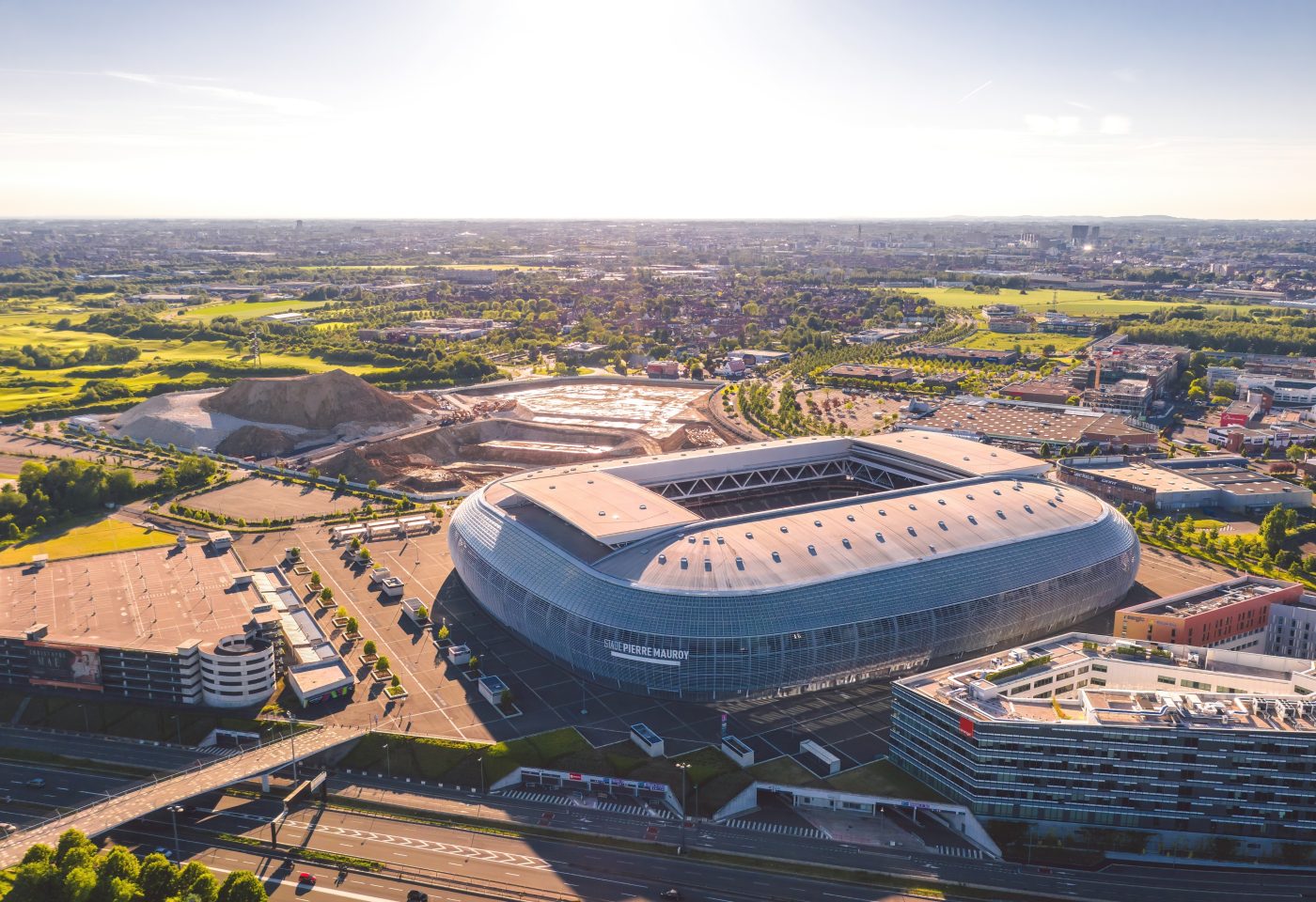
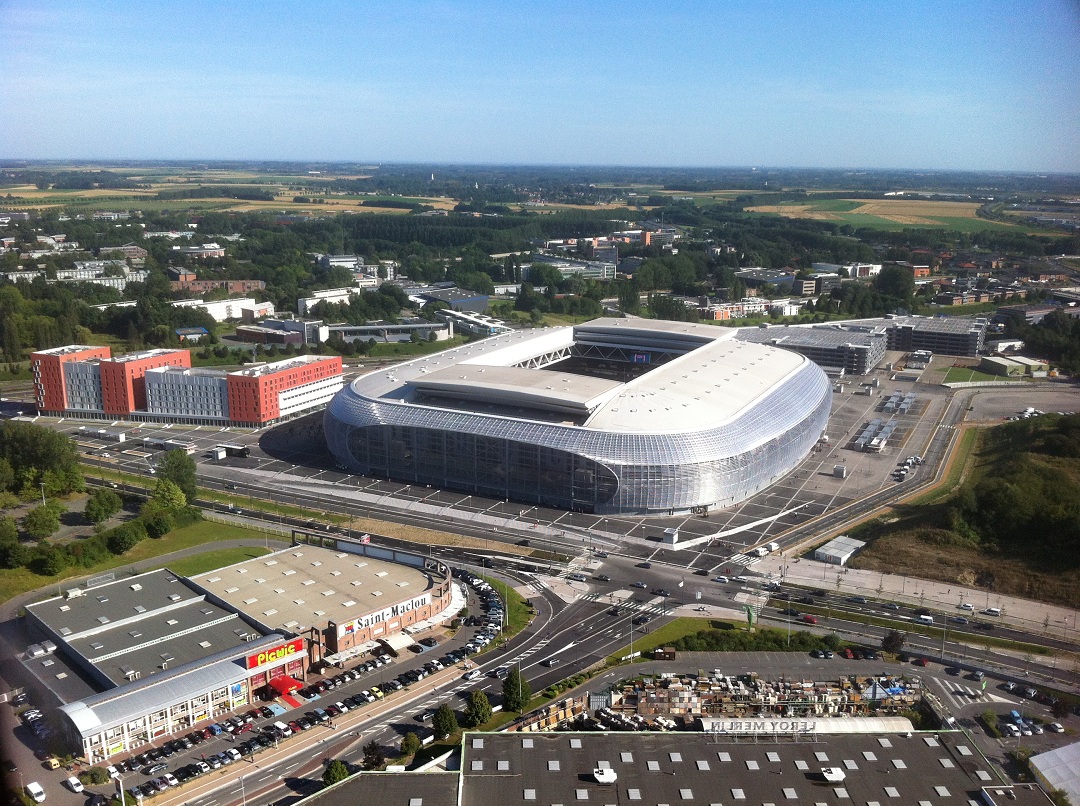
Heimspielbetrieb OSC Lille (seit 2012) Veranstaltungen Supercross Paris-Bercy (Motocross, seit 2014) Finale im Davis Cup 2014 Basketball-Europameisterschaft 2015 Fußball-Europameisterschaft 2016 Handball-Weltmeisterschaft der Männer 2017 Finale im Davis Cup 2017 Rugby-Union-Weltmeisterschaft 2023 Endspiel des Coupe de France 2023/24 Olympische Sommerspiele 2024 (Handball, Basketball) Konzerte




尚蒂伊城堡(Château de Chantilly,发音:[ʃɑ.to də ʃɑ̃.ti.ji])是一座古老的城堡,位于法国尚蒂伊。它包括两座附属的建筑:大城堡毁于法国革命期间,1870年代重建,小城堡于大约1560年为蒙莫朗西公爵修建。这座城堡现在由法兰西学会拥有,开设孔代博物馆,因为孔代亲王住在这个地方,这是法国最优秀的美术馆之一,向公众开放。
Das Schloss Chantilly liegt in der französischen Kleinstadt Chantilly im Département Oise, ca. 50 Kilometer nordöstlich von Paris. Es ist durch seinen Park, seine Gemäldesammlung und sein Reitgestüt weithin bekannt; Schloss und Park sind für Besucher geöffnet.
Das Schloss wurde um 1560 für Anne de Montmorency erbaut und fiel nach Aussterben der Hauptlinie der Montmorency 1643 durch Erbschaft an die Prinzen von Bourbon-Condé, deren Sitz es bis zu ihrem Aussterben 1830 – mit Unterbrechung während der Revolutions- und Napoleonzeit – blieb. Danach fiel es an den Herzog von Aumale, einen jüngeren Sohn des Bürgerkönigs Louis-Philippe, der das in der Revolutionszeit zerstörte Schloss 1876–82 wieder aufbauen ließ und es dem Institut de France vermachte.
Es beherbergt mit dem Musée Condé eine der größten privaten Kunstsammlungen der Welt, sowie eine historische Bibliothek im Kleinen Schloss mit 700 Handschriften und 12.000 wertvollen Büchern, darunter die Très Riches Heures, das Stundenbuch des Étienne Chevalier und eine Gutenberg-Bibel.
 Architecture
Architecture
 Religion
Religion
 Sport
Sport
 European Union
European Union
 Companies
Companies
 Eat and Drink
Eat and Drink
 Transport and traffic
Transport and traffic
 Geography
Geography
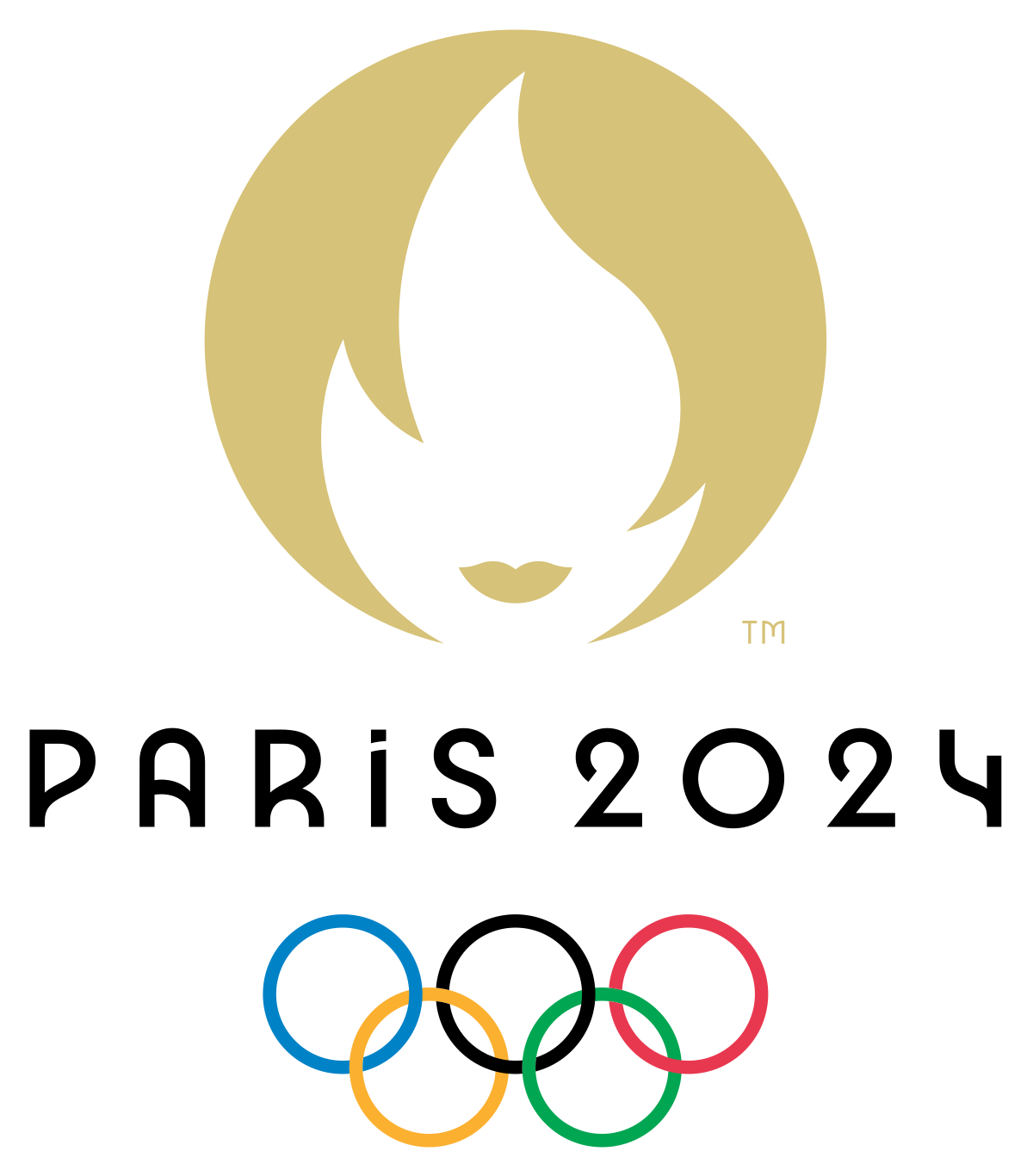 2024 Summer Olympics
2024 Summer Olympics
 Art
Art